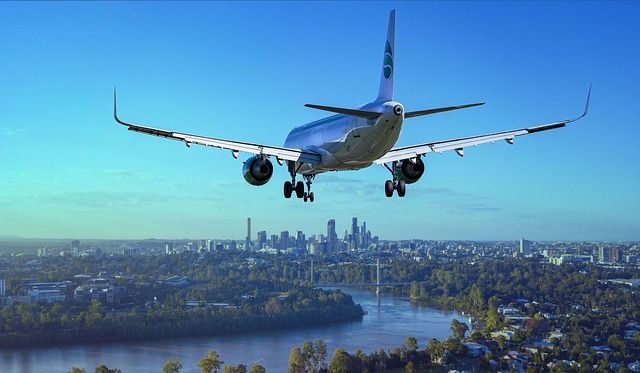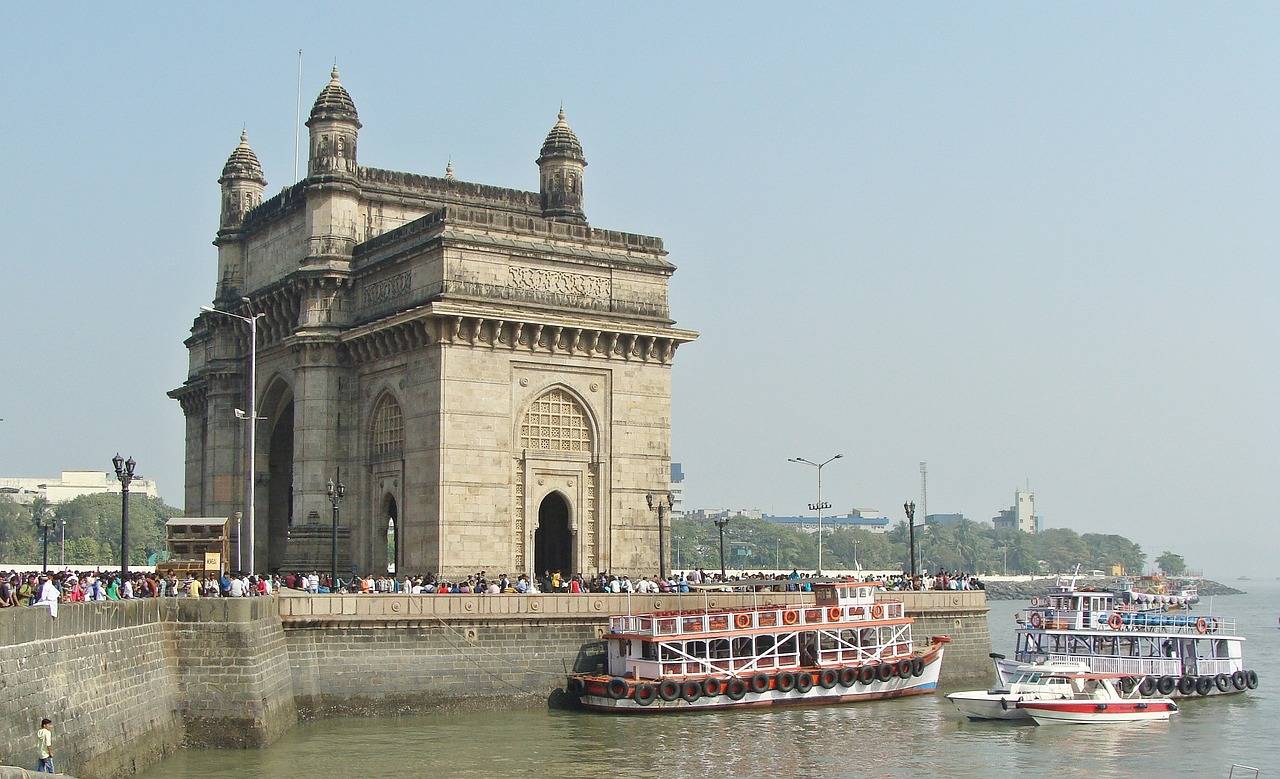Traveling with Handicapped: Discover the Best Destinations for an Accessible and Memorable Experience
Share
| Table of Contents | |
|---|---|
| 1. | |
| 2. | |
| 3. | |
| 4. | |
| 5. | |
Accessible Adventures: Discovering the Most Popular Destinations for Handicapped Travelers
As a handicapped individual, traveling can sometimes seem like a daunting task. However, with the increasing focus on accessibility, there are now numerous destinations around the world that cater to the needs of handicapped travelers. In this article, we will explore the most popular destinations for handicapped travelers in different regions, including North America, Europe, Asia, Australia and Oceania, and Africa. We will also provide tips on planning an accessible adventure, including information on accessible accommodations, transportation options, and resources available for handicapped travelers.
Importance of Accessible Travel for Handicapped Individuals
Accessible travel is not just a luxury; it is a necessity for handicapped individuals. It allows them to explore new places, experience different cultures, and create lasting memories. Traveling can also have a positive impact on mental and emotional well-being, providing a sense of freedom and independence. By making travel accessible to all, we can ensure that handicapped individuals have equal opportunities to explore the world and enjoy all that it has to offer.
Popular Destinations for Handicapped Travelers in North America
North America offers a wide range of accessible destinations for handicapped travelers. From the bustling city streets of New York City to the natural wonders of the Grand Canyon, there is something for everyone. Cities like San Francisco and Vancouver are known for their accessibility, with wheelchair-friendly public transportation and attractions. National parks such as Yosemite and Yellowstone also offer accessible trails and facilities for handicapped visitors. In addition, many cruise lines now offer accessible cabins and facilities, allowing handicapped travelers to explore the beautiful coastlines of Alaska and the Caribbean.
Popular Destinations for Handicapped Travelers in Europe
Europe is rich in history and culture, and many countries have made significant efforts to improve accessibility for handicapped travelers. Cities like London, Paris, and Barcelona have made great strides in providing accessible transportation, attractions, and accommodations. Museums such as the Louvre in Paris and the British Museum in London have accessible entrances and offer special services for handicapped visitors. In addition, many European cities have accessible river cruises, allowing handicapped travelers to explore the beautiful waterways of Europe.
Popular Destinations for Handicapped Travelers in Asia
Asia may not be the first region that comes to mind when thinking about accessible travel, but there are several destinations that are surprisingly accessible. Tokyo, for example, has made significant efforts to improve accessibility in recent years, with accessible public transportation, attractions, and accommodations. Hong Kong and Singapore are also known for their accessibility, with wheelchair-friendly transportation systems and accessible attractions. In addition, countries like Thailand and Vietnam offer accessible tours and accommodations, allowing handicapped travelers to explore their rich cultures and stunning landscapes.
Popular Destinations for Handicapped Travelers in Australia and Oceania
Australia and Oceania offer a diverse range of accessible destinations for handicapped travelers. Sydney, with its iconic Opera House and Harbor Bridge, has made significant efforts to improve accessibility, with accessible public transportation and attractions. New Zealand, known for its breathtaking landscapes, offers accessible tours and accommodations, allowing handicapped travelers to experience its natural beauty. In addition, the islands of Fiji and Tahiti offer accessible resorts and activities, providing a tropical paradise for handicapped travelers.
Popular Destinations for Handicapped Travelers in Africa
Africa may not be the first continent that comes to mind when thinking about accessible travel, but there are several destinations that cater to handicapped travelers. Cape Town in South Africa is known for its accessibility, with accessible transportation, attractions, and accommodations. The Victoria Falls in Zimbabwe and Zambia offer accessible viewpoints and tours, allowing handicapped travelers to experience the power and beauty of these magnificent falls. In addition, countries like Kenya and Tanzania offer accessible safaris, providing handicapped travelers with the opportunity to witness the incredible wildlife of Africa.
Tips for Planning an Accessible Adventure
Planning an accessible adventure requires careful consideration and research. Here are some tips to help you plan your next accessible adventure:
Accessible Accommodations and Transportation Options
When planning an accessible adventure, it is essential to consider the availability of accessible accommodations and transportation options. Many hotels now offer accessible rooms with features such as roll-in showers, grab bars, and lowered counters. It is advisable to contact your accommodations in advance to ensure that they can meet your specific needs. In addition, many cities have accessible public transportation systems, including buses, trains, and subways. Some cities even offer accessible taxis or ride-sharing services. Researching these options ahead of time will help you navigate your destination with ease.
Resources for Handicapped Travelers
Fortunately, there are numerous resources available for handicapped travelers to help them plan their accessible adventures. Websites such as TripAdvisor, Lonely Planet, and Travelocity offer reviews and information on accessible attractions, accommodations, and transportation options. Organizations like the Society for Accessible Travel and Hospitality (SATH) and the International Association for Accessible Travel (IAAT) provide valuable resources and support for handicapped travelers. Additionally, some travel agencies specialize in accessible travel and can help you plan your trip, taking into account your specific needs and requirements.
Conclusion
Accessible travel is no longer a distant dream for handicapped individuals. With increasing awareness and efforts to improve accessibility, there are now numerous destinations around the world that cater to the needs of handicapped travelers. From the bustling cities of North America to the rich cultures of Asia, there is something for everyone. By planning ahead, utilizing accessible accommodations and transportation options, and utilizing available resources, handicapped travelers can embark on unforgettable adventures and create lasting memories. So, don't let your disability hold you back - start planning your next accessible adventure today!
Seek assistance when needed: Don't hesitate to ask for assistance when needed. Many attractions and airports have staff members who are trained to assist handicapped travelers. Use this support to make your journey as smooth as possible.
Pack wisely: Make a list of essential items that you will need during your trip, such as medications, mobility aids, and any other necessary equipment. Pack a sufficient supply of these items, and consider bringing extra if possible.
Consider transportation options: Research accessible transportation options at your destination. Many cities have wheelchair-friendly public transportation systems, and some tour companies offer accessible tours.
Contact your accommodations: Before making a reservation, contact your accommodations to ensure that they can meet your specific needs. Ask about accessible rooms, bathroom facilities, and any other requirements you may have.
Research your destination: Look for information on accessible attractions, transportation options, and accommodations. Websites like AccessibleTravelOnline and WheelchairTravel.org provide valuable resources for handicapped travelers.
Frequently Asked Questions
Related Blogs
 10 Must Have Handy Apps to Use When Traveling Overseas
10 Must Have Handy Apps to Use When Traveling Overseas Unleashing Israel's Best Kept Secrets: Top Excursions You Can't Miss
Unleashing Israel's Best Kept Secrets: Top Excursions You Can't Miss Discover the Best Budget Travel Hacks: Travel More for Less as a Budget Traveler
Discover the Best Budget Travel Hacks: Travel More for Less as a Budget Traveler Discover the Best Cruise Holidays for LGBT Travelers: A Comprehensive Review
Discover the Best Cruise Holidays for LGBT Travelers: A Comprehensive Review The Benefits of Global Mobility Services for Businesses Expanding Internationally
The Benefits of Global Mobility Services for Businesses Expanding Internationally Tips for buying Israeli Shekel: Where to Find the Best Rates and Deals
Tips for buying Israeli Shekel: Where to Find the Best Rates and Deals Where to but Mexican Peso: Top Places to Buy Mexican Currency
Where to but Mexican Peso: Top Places to Buy Mexican Currency Buying New Zealand Dollars: Tips and Tricks for Smart Investors
Buying New Zealand Dollars: Tips and Tricks for Smart Investors Guide to Far East Asia's Must Visit Shopping Destinations
Guide to Far East Asia's Must Visit Shopping Destinations
